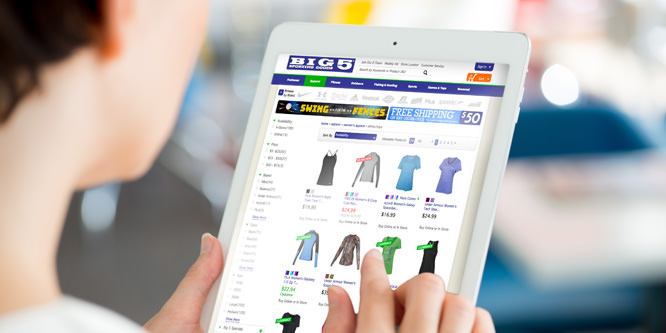Shopping online can net you a bargain, with top-selling items such as clothing, electronics, books and sporting goods costing far less than if you’d bought them in a local bricks and mortar store. So it’s no wonder that online shopping is on the increase, but despite its popularity there are still some hazards that savvy shoppers can avoid.
Our guide to online shopping will help the novice internet buyer, and probably give experienced online shopaholics a few extra tips as well.
There are different sorts of online stores, and each one has its advantages and disadvantages.
Online auctions are popular places for trading goods. Almost everything you could possibly think of is available, whether you want to sell or buy goods. Register as a user and away you go. But be aware, there are risks alongside the benefits:
Overseas goods are often cheaper, even taking exchange rates and shipping into account. Australian retailers argue that there’s good reason for this, and good reasons to still shop locally, including local warranties and after-sale support. They’ve long argued that Nike shoes, for example, can cost $100 in the US and more than twice that in Australia because of shipping costs, the exchange rate, the smaller Aussie market, higher store rents, and higher wages. However, if you are sitting at home – you can use video chat with russian girls for a pleasant conversation.
But do those factors justify a mark-up of 100% or more for clothes, shoes or other manufactured goods? It’s hard to say which part of the retail sector is responsible for inflated prices, but what is clear is that things can still cost a lot more here than in places like the US and UK.
Before the online shopping boom it was hard – and sometimes impossible – to shop in the US from the other side of the planet, unless you had a US credit card and shipping address. Other shopping destinations posed similar challenges.
Australians used third party transaction and delivery services such as PayPal’s HopShopGo or Australian-based Price USA to get around this, but their services are becoming less necessary. Meanwhile, many UK online retailers ship directly to Australia, as do a growing number of overseas stores.
But be warned: overseas retailers are well aware of exchange-rate advantages and aren’t above a little price gouging of their own. They may charge more on goods if they’re priced in Australian dollars. Check the overseas website prices and do your own exchange rate conversion before buying, to ensure you don’t get charged more just because you’re in Australia.
